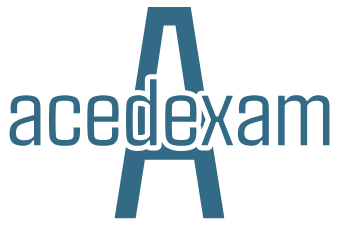Building with continual iteration – Enterprise Design Considerations
Building cloud solutions can be a complex process, especially when trying to build for large enterprises. One option when first developing your cloud adoption is to fully define and build your management tooling upfront; however, this can take some time and delay your ability to realize the cost benefits. Another approach is to build a …
Building with continual iteration – Enterprise Design ConsiderationsRead More
Identity – Enterprise Design Considerations
How your users are authorized and authenticated is often one of the first considerations. Will you use a single Active Directory for all users? Will you have multiple directories for different environments? Will you combine internal users and external clients using guest accounts or separate them? For example, Azure offers B2B and B2C integrations that …
Understanding governance, risk, and security – Enterprise Design Considerations
A small company will be largely unencumbered by some governance requirements and will only need to worry about more general practices such as data protection and employment laws. Larger companies, especially those that are publicly listed, or involved in highly regulated areas such as finance, will have very explicit rules that they must adhere to. …
Understanding governance, risk, and security – Enterprise Design ConsiderationsRead More
Looking at process differences – Enterprise Design Considerations
In the previous chapter, we began looking at Azure design from an everyday working perspective, looking at examples of how to engage with customers, and then gather, map, and document requirements. In this final chapter, we complete the beyond the exam theme by looking at what specific considerations we need to make when designing enterprise …
Looking at process differences – Enterprise Design ConsiderationsRead More
Mapping requirements – Engaging with Real-World Customers
It may seem obvious, but we need to ensure requirements are recorded and referred to during the projects life cycle. Especially with agile projects, requirements can change through the project, and any such decisions need to be logged and updated along with the reasons why they were changed. There are specialist tools available to help …
Mapping requirements – Engaging with Real-World CustomersRead More
Understanding performance requirements – Engaging with Real-World Customers
Performance is not just your solution’s ability to respond in a timely manner, but its ability to change in response to varying levels of demand. Cloud solutions provide the ability to scale out and up dynamically, but this of course comes at a cost. If demand is directly related to generating revenue, then we may …
Understanding performance requirements – Engaging with Real-World CustomersRead More
Azure Pipelines – Scripted Deployments and DevOps Automation
We can build and deploy components in Azure from ARM templates using PowerShell or the Azure CLI by using the New-AzResourceGroupDeployment or az deployment group create commands. Azure Pipelines provides on-demand VM nodes with the necessary tooling installed to perform our deployments. In other words, rather than running the required PowerShell or Azure CLI scripts …
Azure Pipelines – Scripted Deployments and DevOps AutomationRead More
Looking at Azure DevOps – Scripted Deployments and DevOps Automation
Throughout this chapter, we have been looking at how we can encode infrastructure in script files and ARM templates that then allow us to automate deployments using those artifacts. This process is often referred to as Infrastructure as Code (IaC) and fits well with agile-based delivery mechanisms as it provides the ability to build solutions …
Looking at Azure DevOps – Scripted Deployments and DevOps AutomationRead More
Understanding ARM templates – Scripted Deployments and DevOps Automation-1
Just as other tools are simply wrappers for the Azure REST APIs, everything that is built in Azure is defined as an ARM template. Whether you create a service through the Azure portal, PowerShell, REST APIs, or the CLI, ultimately that service is described within an ARM template. An ARM template is a JSON-based text …
Understanding ARM templates – Scripted Deployments and DevOps Automation-1Read More
Looking at the Azure REST API – Scripted Deployments and DevOps Automation
The first option we will consider is the Azure REST API. All actions on Azure resources are managed through ARM, and this is exposed by a set of APIs. When we perform actions in the Azure portal, we are actually making HTTP calls to the REST APIs. Information Note Representational State Transfer (REST) is an …
Looking at the Azure REST API – Scripted Deployments and DevOps AutomationRead More
